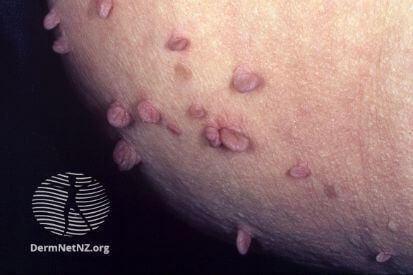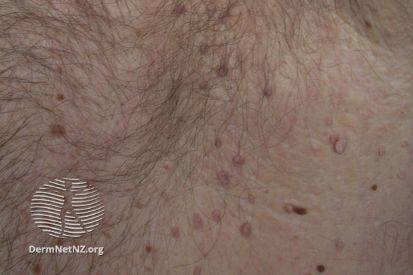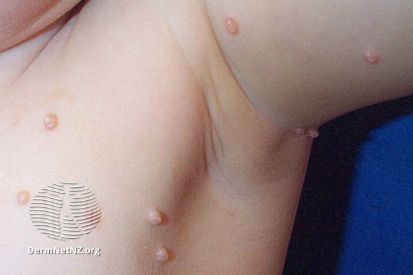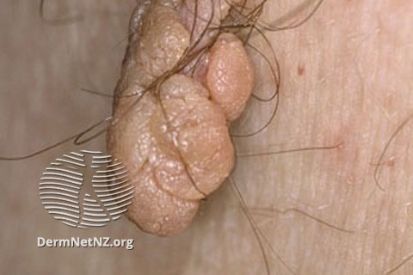Skin Tags
Pinehurst Dermatology & Mohs Surgery Center's expert providers offer personalized care for skin tags. We are committed to addressing your concerns and improving your skin's appearance. Your skin's health and confidence are our top priorities.
Examples of Skin Tags




What are the Symptoms of Skin Tags?
- Small, soft, flesh-colored, or slightly darker growths that hang off the skin by a thin stalk.
- Most skin tags are painless and don't cause any symptoms.
Causes of Skin Tags
- Skin-to-skin or skin-to-clothing friction.
- More prevalent in middle-aged and older individuals but can occur at any age.
- There may be a genetic predisposition to developing skin tags.
- Excess body weight can contribute to the development of skin tags, especially in areas where skin rubs against itself.
- Fluctuations in hormones, such as during pregnancy or in individuals with conditions like diabetes.
How to Prevent Skin Tags
Preventing skin tags involves adopting practices to minimize contributing factors associated with their development. Maintaining a healthy weight through a balanced diet and regular exercise can reduce the likelihood of skin tags, as obesity is a known risk factor.
To prevent friction, especially in areas prone to skin tags, opt for loose-fitting clothing and be mindful of accessories that may cause rubbing or irritation. Good hygiene practices, including keeping the skin clean and dry, can also contribute to preventing skin tags by minimizing irritation..
Regular skin checks are recommended to identify and address any new growths or changes promptly, facilitating effective management. It's important to note that skin tags are easily removable if desired.
Skin Tags FAQs
Skin tags are generally not painful. However, they can become irritated or uncomfortable if they are in areas where they frequently rub against clothing, jewelry, or other skin. If a skin tag becomes painful, it’s a good idea to consult a dermatology provider for evaluation and possible removal.
It is generally recommended to have skin tags removed by a dermatology professional to avoid complications like infection or scarring.
Once removed, a skin tag usually does not grow back in the same spot, but new skin tags can develop in other areas over time.
Skin tags often develop in areas where skin rubs against skin, such as the neck, armpits, groin, eyelids, and under the breasts.
While skin tags are mostly harmless, they are sometimes associated with conditions like obesity, insulin resistance, or metabolic syndrome.
How to Treat Skin Tags
- Excision: Dermatologists may cut off skin tags using surgical scissors or a scalpel after numbing the area with a local anesthetic.
- Cauterization: This involves burning off the skin tag using electrical current (electrosurgery) or a high-frequency laser.
- Cryotherapy: Freezing the skin tag with liquid nitrogen, causing it to fall off over time.
Featured Products
Check your local office for current stock!
Check your local office for current stock!
